
Muscle groups
With this said, muscle groups should be mentioned as well. Those are pectoral area, abdominal area, arms (biceps, triceps, shoulders, and forearms), back, legs (thighs and calves). This is how muscles are basically divided, but it is enough to create a good weekly plan. This plan has to include leg exercises, which is a bit of a problem for most of the practitioners. For some reason, people find these exercises generally boring, especially men, while women are more focused on this area, especially for lean shaping. Leg techniques include those for thighs (quadriceps) and those for calves. There are thigh exercises without equipment and those that use some additional weight. As mentioned, no weight will induce lean shape. As for the exercises that create this effect, there are squats, lunges, kicks, jumping, etc.
Forms
Squat is performed with a practitioner raising hips from a starting position. Starting position requires a torso slightly bent but with straight back and neck in one line. Hips are lowered but not lower than the knee level. Legs are bent in the knees, with the angle of about 90 to 135 degrees, depending on the condition of the practitioner. Arms can be relaxed by torso or stretched forward.Lunges can be explained like giant steps forward. From a normal standing position a big step forward is made, which will extend the other leg. Also, the knee of that other leg will come close to the floor, but it must not touch it. From that position, front leg is moved back, which also requires certain strength.Jumping is an interesting exercise because it affects entire legs and even the core area. It is also essential to perform these exercises properly. Starting position could be the same as for squats, and actually, both motions are similar, but jumping requires more strength and it is a much more explosive movement.


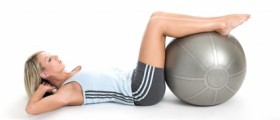
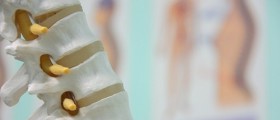
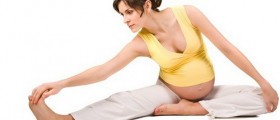
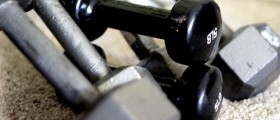
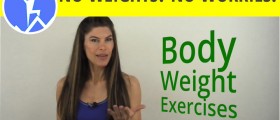
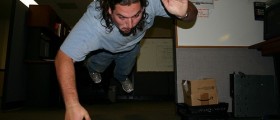
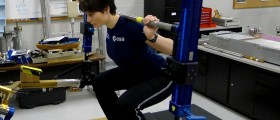
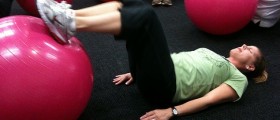
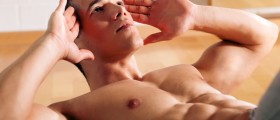
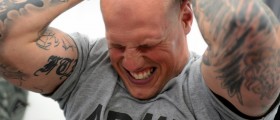
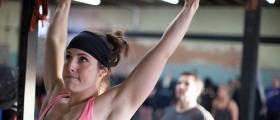
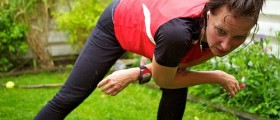
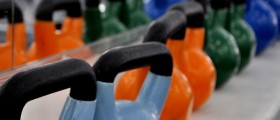
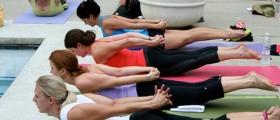
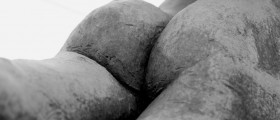
Your thoughts on this
Loading...